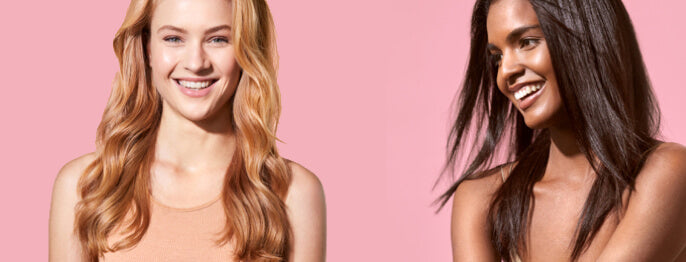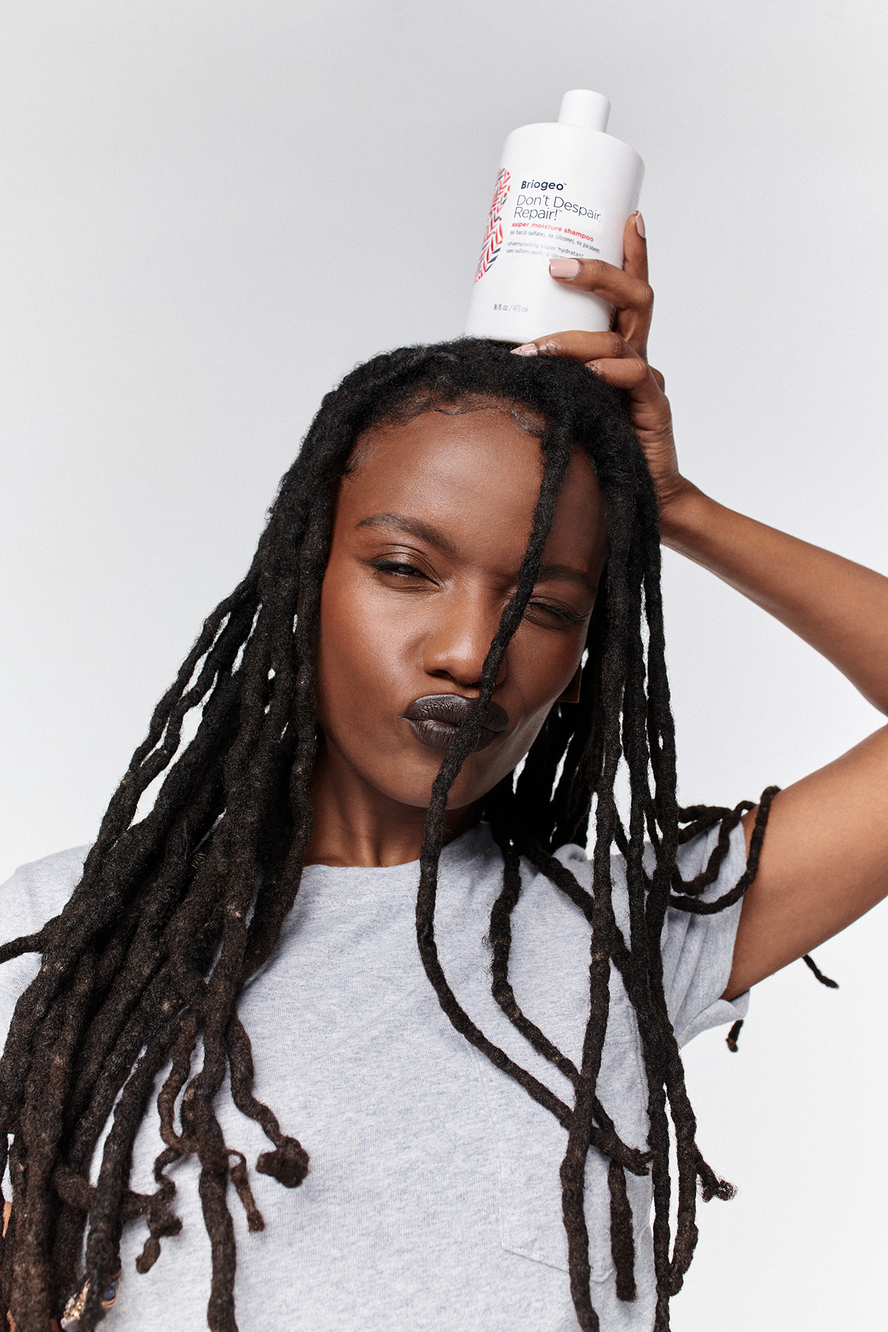Making the switch to clean beauty can be daunting. There are many opinions and resources to take into account, but it really comes down to making informed decisions that fit in with your personal lifestyle. We’re breaking down some resources and the first steps to take to make the change.
Understand the Ingredients
Reading labels can be confusing, but luckily there are plenty of resources to help you make informed decisions about the products you purchase. The Environmental Working Group’s online cosmetics database is a great resource for consumers to understand the ingredients used in their products, their purpose, and how beneficial (or potentially harmful) they may be. They rank individual products, as well as specific ingredients, on a 1-10 scale, with 1 being the safest and 10 posing the biggest concern to health. Yuka is an app that allows you to scan your products to learn about their ingredients via another online database. Additionally, Paula's Choice created an in-depth "Ingredient Dictionary" that rates a number of ingredients as "best," "average," or "poor.
Some of the major ingredients to watch out for include:
Silicones — Derived from petroleum, these synthetic polymers coat the hair cuticle to lock out frizz - but also act as a barrier that prevents nutrients from reaching the hair fiber.
Sulfates — These harsh synthetic surfactants are used to lift away dirt and oil, which can also strip away your naturally produced oil and disrupt your skin's natural barrier.
Parabens — These synthetic preservatives are used to extend the shelf life of products. While the levels of parabens used in cosmetics aren’t necessarily dangerous, we use eco-certified preservatives out of an abundance of caution
Phthalates — Phthalates are often used as fragrance stabilizers to make the scent last longer. On the downside, they've also been linked to reproductive and developmental issues.
DEA — Often used as a foaming and thickening agent in shampoos, DEA, or diethanolamine, is believed to be linked to allergies, skin toxicity, plus hormonal and developmental issues.
Artificial Dyes — Synthetic coloring agents can cause skin sensitivity and scalp irritation, particularly for those with allergies and sensitivities.
Switching to clean doesn’t mean sacrificing efficacy
At Briogeo, we’re committed to creating clean and naturally derived products that are equally as effective (if not more!) than traditional formulations. That means we use tried + true natural ingredients and proprietary blends with strong efficacious results, then conduct clinical + consumer tests for each formula to ensure we're putting out our most powerful products. While we avoid the ingredients that may be harmful, we’ve found replacements that work just as well, if not better:
Natural Oils replace silicones in our products as the main driver of slip and shine, helping to smooth down the hair cuticle and seal in moisture.
Plant-based surfactants replace harsh sulfates and DEA in our formulas, providing a more gentle cleanse to the scalp skin and hair to avoid stripping natural oils or disrupting the skin barrier.
Safe Stabilizers replace parabens as the preservatives in our products, keeping our formulas stable and safe, while avoiding any potential environmental or health concerns.
Natural + Safe Synthetic Fragrances replace any phthalates in our formulas to avoid any health issues, but keep our products smelling great!
Natural colorants replace artificial dyes in our products to avoid any skin sensitivities.
Swap Out Products as They Run Out
Switching all of your products at once is expensive, so we recommend replacing products as they run out. Start with your shower and skincare routine. The skin is the largest organ in the body and is very absorbent, so it’s a good idea to start with those products you rely on every day and have the most contact with your skin. That’s most likely things like body wash, shampoo/conditioner, face wash, and lotions. Then move on to your makeup, again starting with the products you use daily.
Trust the process
If you’re used to traditional formulas that use ingredients like silicones and sulfates, there may be a period of adjustment once you make the switch to clean formulas. Since silicones can often give the appearance of shine and hydration (think of them like clear nail polish: looks great but it isn’t providing any hydrating or nourishing benefits), once you stop using them, you may find your hair looks dull, dry, or feels less smooth and manageable. This change is a direct result of the masking effect that comes from repeated silicone use, and it may take a few weeks in order for your hair to absorb the hydration and moisturizing benefits of your new products before it looks and feels like normal.
A similar adjustment period can happen once you stop using sulfate-based shampoos. Many sulfate-free products don’t foam as much as traditional formulas, but the truth is, the level of suds don’t necessarily correlate with the level of clean. Even further, since sulfates can strip natural oils, your scalp may be overcompensating with oil production to try to keep your skin hydrated, so switching to a gentler cleanse can cause your scalp to seem a bit oily in the interim while that oil production learns to regulate. After a few weeks, however, your scalp should normalize and you may even find you can go longer between wash days that you did before!

Making the switch to clean beauty products may seem daunting at first, but we hope this guide helps you on your journey to choose the best products for your healthiest hair. For more information on which products to choose, take our quiz to get personalized product recommendations based on your hair type, concerns and goals!




